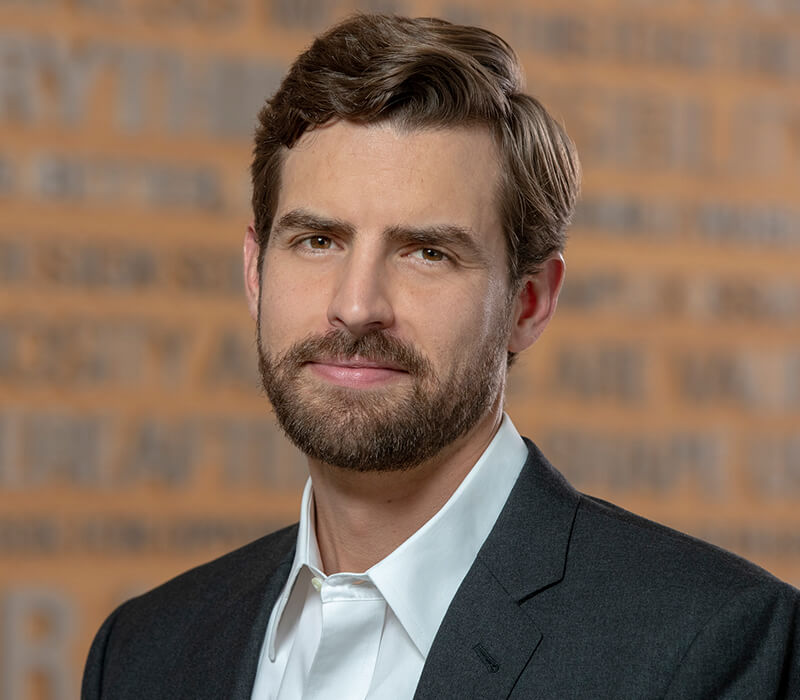Designing Through Gratitude is a series discussing the strategy, design and implementation of Dallas, TX’s Thanks-Giving Square—the soul and spiritual hub of the community.
How do we decide on the purpose of a park? Parks have long been foundational to American beautification and recreation, but why are they there? What separates a pocket park from a town square—and why are they so important?
In his book Public Parks: The Key to Livable Communities, Alexander Garvin defines parks as the key to livable communities– noting their evolution over the course of two centuries toward becoming an important part of modern metropolitan infrastructure which supports the physical, social and mental health of an entire region. He goes on to explain that parks accommodate various habitats and ecosystems, help to improve air and water quality, maintain habitable temperatures and provide a framework around which metropolitan development takes place. He identifies more than 47 specific functions of a park including enhancing personal well-being, incubating a civil society, sustaining a livable environment and providing a framework for urbanization (Garvin, 2011).
Thanks-Giving Square carries the potential to serve many of these 47 purposes. If the Foundation focused on simply using the space for as many functions as possible, however, the mission of the organization itself would surely be lost. So, what separates Thanks-Giving Square from the thousands of other parks in the country?

Credit for both images: Frank Lu
Many planners and landscape architects begin the process of understanding the optimal functions of a park by evaluating the needs of the people, environment and broader socio-economic and cultural character of the municipality they serve. None of us, however, can fully comprehend the complexity of the urban labyrinth. The City of Dallas has too many physical impediments, political interferences and cultural exceptionalities for parks to respond to all its needs optimally every time. Plus, there is no way for us to predict the rapidly evolving needs of the future.
The one thing we can count on to remain steady in our city is its complexity. What if there was a public space that addressed this complexity directly? What if there was a place that focused on our similarities—like the little things we take for granted every day? Can a public space embody “gratitude” as a concept? The Foundation believes that by increasing the presence of gratitude in daily life, they can promote understanding and create a common ground for harmony.
Designing a physical space that embodies such deep beliefs expands the definition of a park itself. Historically, a town square has been a piece of land where community members come to meet, work out civic challenges together, protest and exchange goods. Thanks-Giving Square is a park, monument and respite. To encompass this complexity, the founders decided on the “square” terminology—even for a triangular piece of land. Ultimately, the square represents the physical and cultural center of a community.
This is a cultural hub that every city needs, but very few have. In Dallas, there are no other spaces in the city that represent this ideal of common ground. This is a space to facilitate discussion and encourage understanding of the most challenging issues plaguing our society. When parties of differences can come together to work these issues out in a space that stands for the common good, we will all be better off.
The challenge for the urban designers, landscape architects and architects considering this space is one taken with the utmost sense of responsibility and care. Gratitude must be considered with every decision—from material selection to light position. As Thanks-Giving Square continues to evolve, we are creating the opportunity for the streetscape to become an extension of the mission of the foundation: both a physical expression of outreach as well as an open-arms invitation to anyone looking for a space of personal reflection, group discussion or a breath of fresh air in the dense urban core.
Works Cited
Garvin, A. (2011). Public Parks: The Key to Livable Communities. New York: W.W. Norton.
 Collin Koonce
Collin Koonce